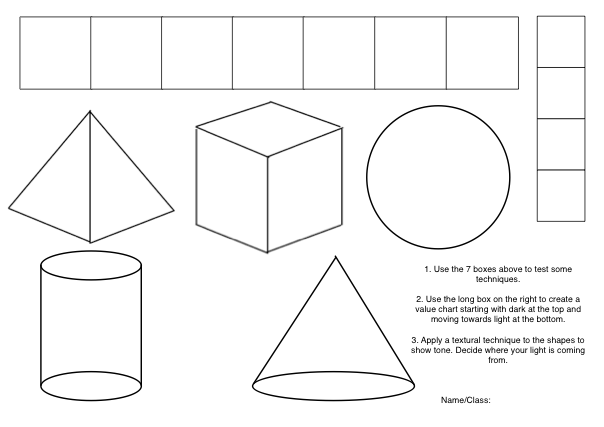
So if you reflect it, Q is going to be, it's going to stay in place. So the vertical line through point Q looks like this, just gonna draw that vertical line. Sorry, a reflection over the vertical line through point Q. A reflection over the vertical point through point Q. I don't know, I will do it with this orange color. Sequence C, let me do that with another color. Just from that, I can see that this sequence of transformations is not going to work. So point R will then go right over there.

Point R will then be three above that horizontal line. Point R right now is three below that horizontal line. So if I were to reflect, point A wouldn't change. Says then a reflection over the horizontal line through point A. It'll get us to that point, so we're clearly not done mapping yet, but there's more transformation to be done. So just that translation will get us to this point. And then last but not least, point P, eight to the left, one, two, three, four, five, six, seven, eight, three up, one, two, three, goes right there. One, two, three, four, five, six, seven, eight, three up, one, two, three. And now if I do this point R, one, two, three, four, five, six, seven, eight. So if we take point Q eight to the left and three up, one, two, three, four, five, six, seven, eight, three up, one, two, three. A translation eight units to the left and three up, so let's do that first. This last one isn't an R, this is a Q right over here. And then point Q, if we go six units to the left, one, two, three, four, five, six, seven up is one, two, three, four, five, six, seven. If we take point R, we take six units to the left, one, two, three, four, five, six, seven up, one, two, three, four, five, six, seven. It'll put it right over there, so that is point P. So if we take point P, six to the left, one, two, three, four, five, six, seven units up, one, two, three, four, five, six, seven. So each of these points are going to go six units to the left and seven up. Then a translation six units to the left and seven units up. And so after you do the 90-degree rotation, PQR is going to look like this. It's going to, once again, also do a 90-degree rotation about R. And then Q is going to go right over here. So P is going to be there and you can see that.

Now when you do the rotation, you're going to go to the right one and then up three. One way to think about it is to go from R to P, we went down one and three to the right. But P is now going to be right over here. So if we rotate this 90 degrees, so one way to think about it is, a line like that is then going to be like that. And then we'll do the rest of this sequence. So first it says a rotation 90 degrees about the point, about the point R, so let's do that. So remember, we're starting with triangle PQR. So let's first think about Sequence A, and I will do Sequence A in this purple color. So pause this video and have a go at that. Which of the following sequences of transformations maps triangle PQR onto triangle ABC? So we have four different sequences of transformations, and so why don't you pause this video and figure out which of these actually does map triangle PQR, so this is PQR, onto ABC, and it could be more than one of these. The side length of each square on the grid is one unit. We're told that triangles, let's see, we have triangle PQR and triangle ABC are congruent.


 0 kommentar(er)
0 kommentar(er)
